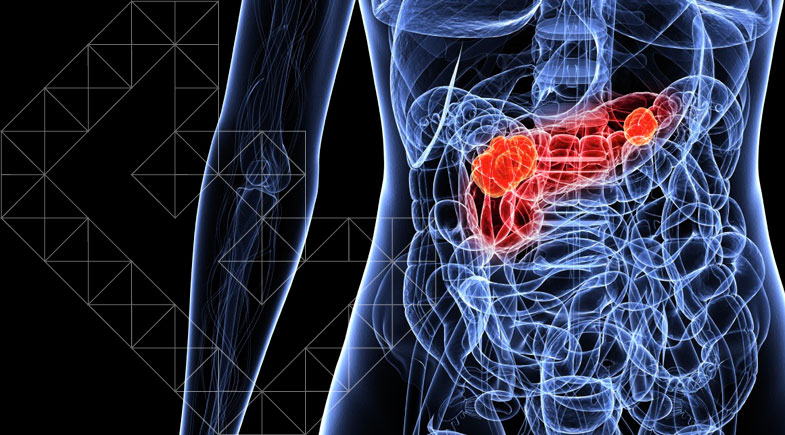School of Engineering News
Warwick School of Engineering researchers begin work on new £1.3m EPSRC biomedical ultrasound project
“Sound bullets for enhanced biomedical ultrasound systems”
Prof David Hutchins is the lead academic on an exciting new EPSRC funded project on biomedical ultrasound, which will have applications in both the treatment of tumours and ultrasound-enhanced drug delivery. Prof Hutchins, who is Head of the Advanced Imaging and Measurement Laboratory, is joined on the project by Prof Peter Thomas, Head of the School’s Fluid Dynamics Group. The project being undertaken in collaboration with Dr Steven Freear and Dr Saven Harput from University of Leeds, and Nader Saffari from UCL. There will also be collaboration with researchers at Monash University (Australia).
The aim is to produce a new generation of ultrasonic devices using chainlike materials. These will lead to advances in diagnostic and therapeutic biomedical ultrasound because of the resultant non-linear wave propagation and the potential production of sound bullets.
Ultrasound is used in many applications, including medical imaging, non-destructive evaluation, therapeutic ultrasound etc. In all these cases, there is usually a need for focusing the ultrasound beam to a desired point. Current methods for the generation of acoustic focal fields generally rely on a linear process within the ultrasonic transducers, which convert electrical energy into pressure waves. This linear transduction process creates inaccurate focal regions and reduces the resultant spatial resolution and ultrasound intensity. However, it has been demonstrated that a new type of compact acoustic pulse can be generated via non-linear effects in chains of particles. These chains are similar to metal balls in a Newton’s cradle that can transfer acoustic energy more efficiently.
This improvement on efficiency and precision leads into the generation of ultrasound waves with larger magnitudes that can be focused more precisely. For this reason, these compact acoustic pulses are also referred to as sound bullets.
The theory of sound bullets is based on the propagation of solitary waves, which have been studied only at low frequencies. In this proposal, these compact waves will be generated for biomedical ultrasound at frequencies in the 500 kHz - 5 MHz range. Materials that support solitary waves are not used in standard ultrasonic work or little has been published on their use, despite the fact that a step change in performance may be possible.
Therefore this study will look at the possibility of forming new structures such as ultrasonic sources containing multiple solitary wave chains. It is possible to form an array of these single element chains, because the chains would be primarily coupled along their length but not laterally. In an array configuration, pre-compression of each chain would alter the propagation velocity within it, so that beam-steering and focussing to be created. The propagation characteristics also change with signal amplitude, leading to the possibility of an acoustic diode. These new innovations would have applications in such areas as ultrasound-enhanced drug delivery, High Intensity Focussed Ultrasound (HIFU) for the treatment of tumours, and harmonic imaging.
Pictured: As an example of an application area, the team at UCL use focused ultrasound to destroy tumours, a technique known as High intensity Focussed Ultrasound (HIFU). They could be tumours of the upper abdomen (the areas shown in red), for example. The technique has already shown great promise as a minimally-invasive treatment of prostate cancer.

